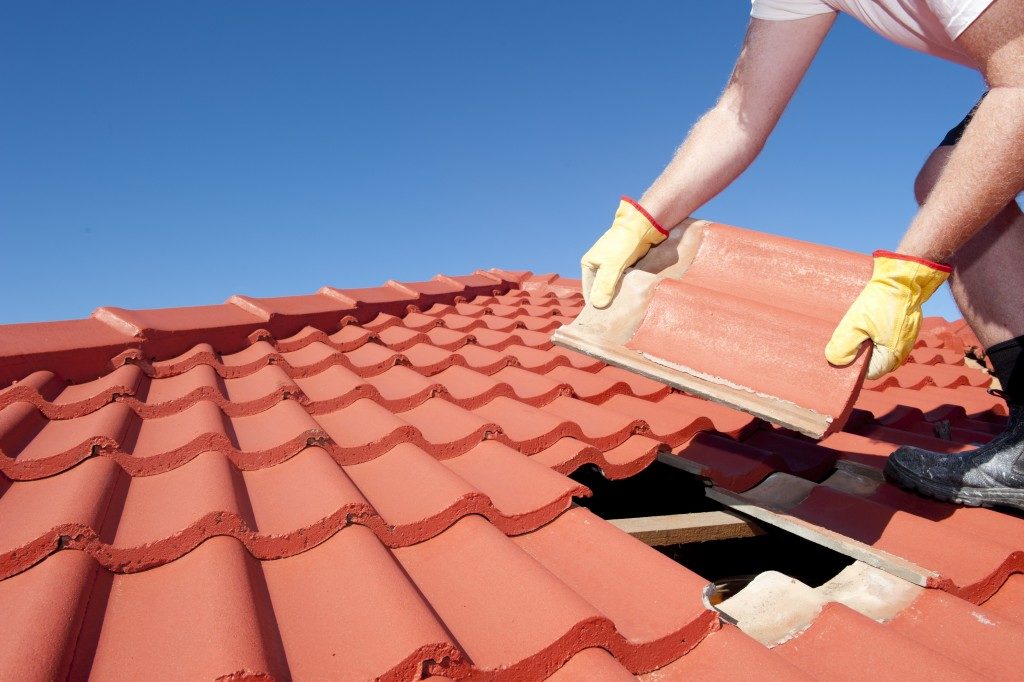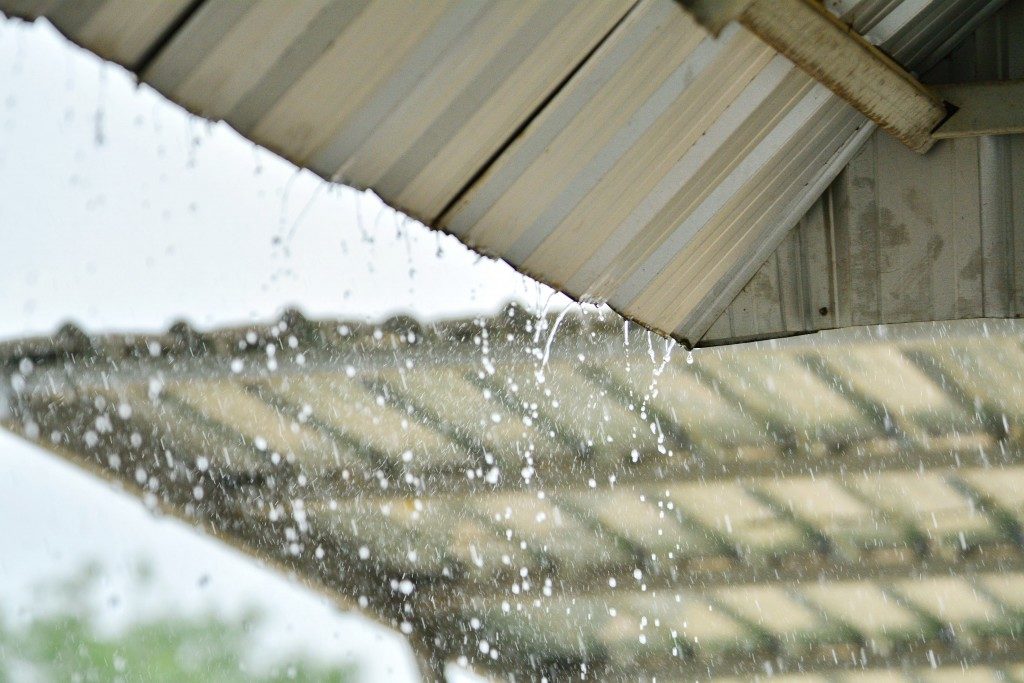The roof is the first line of protection. It keeps different types of establishments from damage that ice, heat, rain and natural occurrences could bring. No wonder it is one of the most valuable components of any property, including your home. Your roof may look excellent and strong, but it encounters factors that may cause irreversible damage. Every time ice and rain hit it, the chances of damage increase.
If you want to keep off from all sorts of property damage, you may want to focus more on roof failure. Identifying the possible risks can help you prepare for eventualities and keep each occupant safe. Roof safety encompasses design, type of materials, and workmanship. However, regular inspection and repairs are also part of the efforts to sustain the roof’s quality for longer.
It’s best to know the effects of rain and ice on the roof, so you know when and how to act with your new home builders in Townsville before issues escalate.
Should I replace a roof if it is leaking?
No new homeowner would want to replace a largely new roof, but sometimes, it might be necessary to do so. For instance, if a hurricane attacked, the leaks may be too severe to be repaired. However, a small leak may only need a simple repair job. The most important thing is to act, even when the leak looks small because it could lead to serious water damage to the roof and its other components if left unattended.
Can waterproofing help?
Waterproofing offers various options to help prevent roof damage caused by ice and rain. For a building that is still under construction, placing thermoplastic polyolefin beneath the shingles is ideal. This way, you could prevent the problem for good.
If you are using asphalt shingles, you do not need to worry because the material is usually designed to be waterproof. The secret to a successful roof-waterproofing project is to choose the best sealant, with the knowledge that options come in the form of polyurethane coatings, polysulfide sealants, silicone sealants, and liquid rubber coatings.
Is heavy snow dangerous for the roof?
The effects of heavy snow on the roof varies. Weight is the most obvious concern because of the stresses it subjects to the roofing structure. An equally serious consequence is the seeping of ice as it melts on the roof. Ice freezing and melting processes can cause fast shingle damage.
How can you deal with ice dams?
Ice dams are serious enemies of roof integrity because they enhance the retention of melting snow on the roof. If water backs up from the ice dam, it may leak into the house and cause damage to ceilings and other components. Heat cables put in potential areas that form ice dams is the best solution for this problem. If you do not have the cable and the situation is dire, you just need to remove the ice manually using a rake, hammer, or any other tool.
How can you prevent hail damage?

Hail can also be disastrous on the roof, but the severity will largely depend on many factors, including the roof design. For instance, asphalt shingles tend to be more resistive to force than aluminium. Roof pitch may also determine the effects, so be careful on design.
If your roof shows signs of water leakage after rains or snowfall, analyse the level of damage first, then choose between repair and replacement. For a roof that is severely damaged, you want to do a complete replacement for the sake of long-term integrity.

